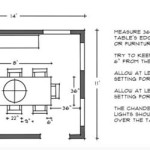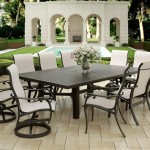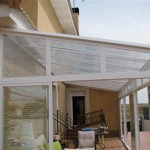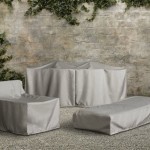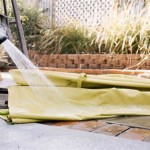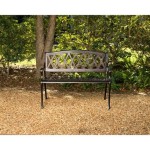Edging For Pavers On Patio
When installing a paver patio, edging is an essential element that serves both functional and aesthetic purposes. It helps define the perimeter of the patio, prevents pavers from shifting or sinking, and enhances the overall appearance of the outdoor space. Choosing the right edging material and installation method is crucial to ensure a durable and visually appealing patio.
Materials for Edging
There are various materials available for edging pavers on a patio, each with its unique properties and benefits. Some popular options include:
- Concrete Pavers: Concrete pavers are a durable and cost-effective choice. They come in a range of colors and textures, allowing for a customized look.
- Natural Stone: Natural stone edging, such as granite or limestone, adds an elegant touch to the patio. It is highly durable and resistant to weathering.
- Brick: Bricks offer a classic and timeless look. They are relatively easy to install and can be used to create intricate patterns.
- Metal Edging: Metal edging, typically made of aluminum or steel, is a modern and durable option. It is available in various heights and styles to complement different patio designs.
- Plastic Edging: Plastic edging is a flexible and affordable solution. It is easy to cut and install, making it a suitable choice for curved or irregular patio shapes.
Installation Methods
The installation method for paver edging depends on the material used. Here are some common techniques:
- Dry-Laid Edging: Dry-laid edging is installed without the use of mortar or adhesive. The pavers are simply placed on a compacted gravel base and held in place by friction.
- Mortar-Set Edging: Mortar-set edging involves using a mortar mix to secure the pavers in place. This method is more permanent and suitable for areas with heavy foot traffic.
- Spike-On Edging: Spike-on edging is installed by driving spikes through the pavers into the underlying base. This method is quick and easy, but it may not be as durable as mortar-set edging.
- Recessed Edging: Recessed edging is installed below the level of the pavers, creating a flush surface. This method provides a clean and seamless appearance.
Factors to Consider
When selecting edging for pavers on a patio, it is important to consider the following factors:
- Patio Size and Shape: The size and shape of the patio will influence the type and amount of edging required.
- Soil Conditions: The soil conditions should be taken into account, as they can affect the stability of the edging.
- Climate: The local climate, including freeze-thaw cycles and heavy rainfall, can impact the choice of edging material and installation method.
- Aesthetic Preferences: The edging should complement the overall design and style of the patio.
Conclusion
Choosing the right edging for pavers on a patio requires careful consideration of materials, installation methods, and various factors. By selecting the appropriate edging and following proper installation techniques, you can ensure a durable, visually appealing, and functional patio that will enhance the beauty and enjoyment of your outdoor space.

What Is The Best Edging For Pavers Perfect

Paver Edging The Importance Of Lehigh Valley Pa

Paver Edging Ideas Materials And Designs S Pavers

Choosing The Right Paver Edging To Prevent Edge Failure Two Brothers Pavers And Pools

Paver Edging Installation And Maintenance Guide Js Brick Pavers

5 Beautiful Paver Edge Restraint Options Western Interlock

Paver Edging Ideas Materials And Designs S Pavers

Explore Paver Border And Edging Options From Belgard

Use Brick Borders For Path Edging Diy Family Handyman

Proflex 6 Ft Paver Edging In Black 1260 Hd The Home


